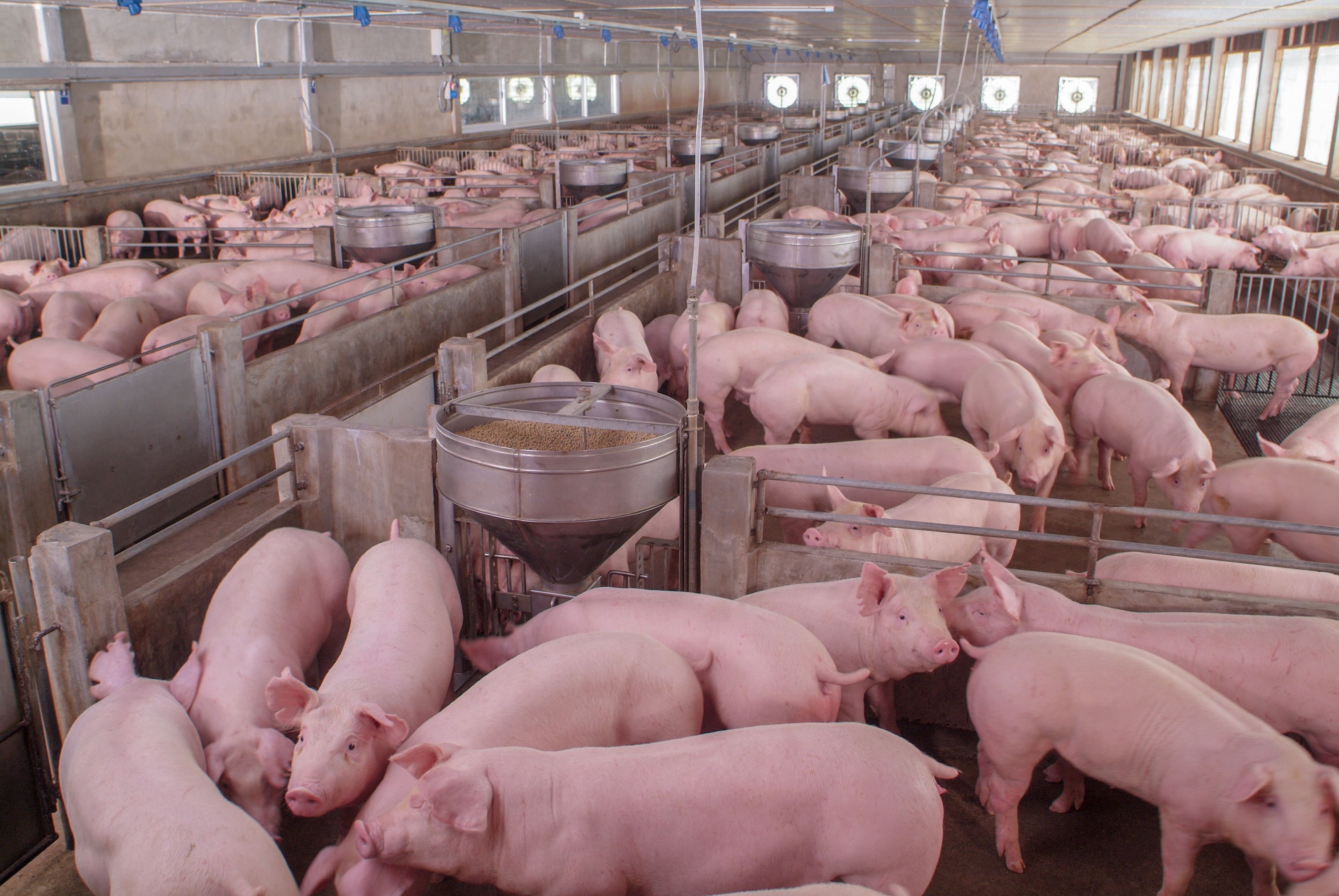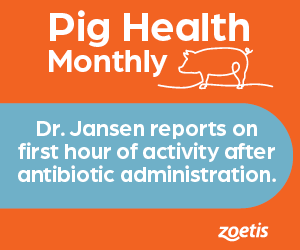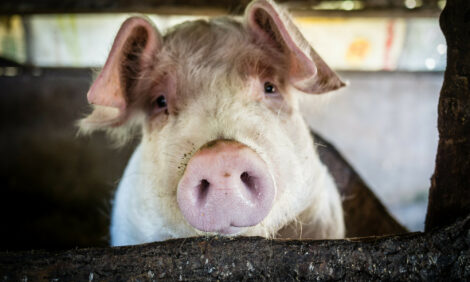



New pig farms and heavy hogs drive China’s Q2 pork output to its highest level in over seven years
China's second-quarter pork production surged to its highest in at least seven years, official data showed on 15 July.Reuters reports that the surge in production is underpinned by farmers launching thousands of new breeding farms in the last year to rebuild a hog herd decimated by the African swine fever.

Pork output for April-June was 13.46 million tonnes, up 40% compared with the same period last year and well above the usual 10 million tonnes during this period, according to Reuters' calculations based on official data.
The National Bureau of Statistics said China's pork output jumped 35.9% in the first half of 2021 versus a year earlier to 27.15 million tonnes.
China typically produces its lowest levels of pork in the second quarter, after consumption wanes following the Spring Festival in the first quarter and as warmer weather reduces appetite for meat.
But this year, the surge in pork production was led by the largest producers who invested billions of yuan in new farms during 2020 in a bid to grab market share in the aftermath of the swine fever epidemic.
Sales data from 16 listed hog producers showed they produced 42.8 million hogs for slaughter in the first half, an increase of more than 100% over the prior year, said Boya Consulting in a report on Wednesday 14 July.
But that surge in volume pressured live hog prices, which shed about 65% from January to June, leaving many with significant losses for the period.
Pork is the most widely eaten meat in China, and its prices are a key component of the country's consumer inflation index.
Number-two hog producer Jiangxi Zhengbang Technology Co Ltd said it will post a loss of up to 1.45 billion yuan for the first half because of pressure from falling hog prices.
And New Hope Liuhe, China's fourth-largest hog producer, said it expects net losses of up to 3.5 billion yuan in the first half.
"In 2020, companies boldly expanded, and in the first half the live hog production capacity was gradually released. It is difficult to brake in the short-term," said the Boya report.
Severe disease outbreaks in China's north over winter also brought expectations of tight supplies and higher prices, prompting some farmers to seek extra profits by raising pigs to much heavier weights than normal.
"The outbreak of African swine fever before China's Spring Festival saw pigs slaughtered ahead of time, and the price drop in May and June also quickened the pace of slaughtering of overweight pigs. That added to pork output," said Rosa Wang, an analyst with Shanghai JC Intelligence Co Ltd, adding that farmers had rushed to sell their pigs in fear of further price drops.
Pork prices hit more than two-year lows in June, but have recovered some of their losses this month.
Wang said pork output could decrease in the third quarter, with most overweight pigs already sold.
However, analysts are closely watching a recent surge in swine fever outbreaks in Sichuan province, which could trigger more panic slaughtering and pressure prices again.
The statistics bureau said China slaughtered 337.42 million hogs in the first six months of the year, up 34.4% from the corresponding period a year earlier.
Its pig herd expanded 29.2% year-on-year to 439.11 million heads at end-June.















